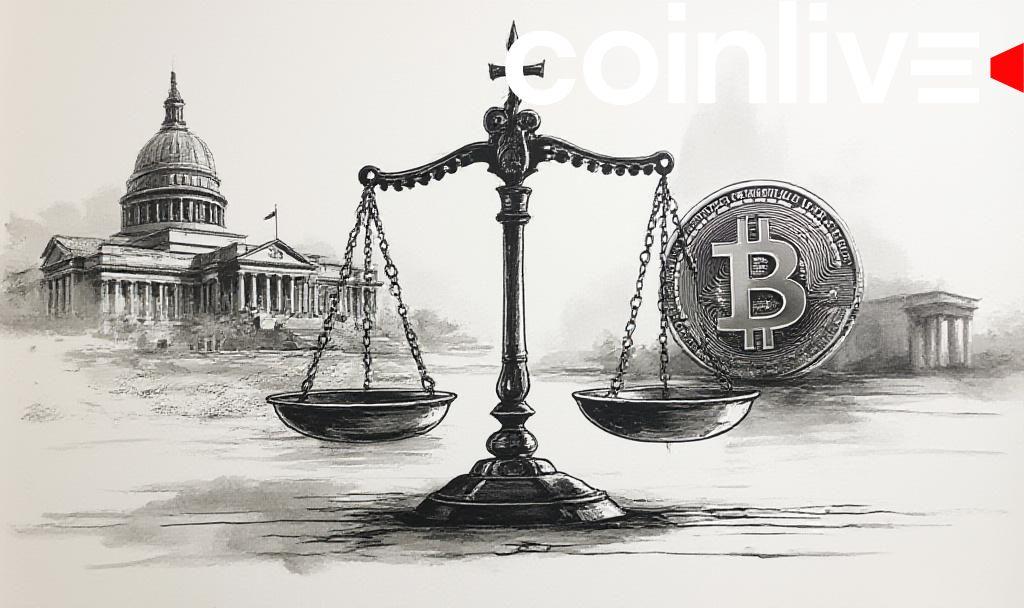- Arizona’s legislature passes a bill for a Bitcoin reserve.
- Governor Hobbs to decide on state Bitcoin reserve.
- Reserve funded without using taxpayer money.
Lede: Arizona has moved to create a state Bitcoin reserve funded by digital assets seized from criminal investigations. Governor Katie Hobbs is expected to sign the bill by July 1, 2025.
Nut Graph: The initiative highlights a legal approach to cryptocurrency management without public fund risk. The reserve’s implications are limited for now.
Details of the Bitcoin Reserve Bill
The Arizona state legislature has passed HB 2324, which establishes a reserve for Bitcoin and other digital assets using seized assets. The bill, awaiting Governor Katie Hobbs’ signature, comes after previous proposals including taxpayer funds were vetoed. The reserve will be funded by digital assets forfeited in criminal cases. The Attorney General’s Office receives the first $300,000 per case; remaining assets are distributed among state funds, including a new Bitcoin and Digital Assets Reserve Fund.
Economic Implications and Market Volatility
Economically, this move allows Arizona to utilize crypto seized by law enforcement, mitigating impacts on public resources amid market volatility. The process applies exclusively to digital assets from criminal cases. Unlike other states, Arizona will not invest taxpayer funds in cryptocurrencies. American precedent for state-managed cryptocurrency funded through asset forfeiture is unprecedented. Although any large trades or liquidations by Arizona could draw attention, Governor Hobbs’ stance limits proactive market impacts now.
As noted by a community account, “JUST IN: Arizona passes ‘Bitcoin Reserve’ bill HB2324. The bill creates a reserve for assets obtained through criminal asset forfeiture. If signed by Governor Hobbs, it will be the state’s second reserve bill passed into law.”
The law permits liquidation on state-approved platforms while bypassing direct audit requirements, offering a more cautious stance on digital currency control and integration within public administration frameworks.
